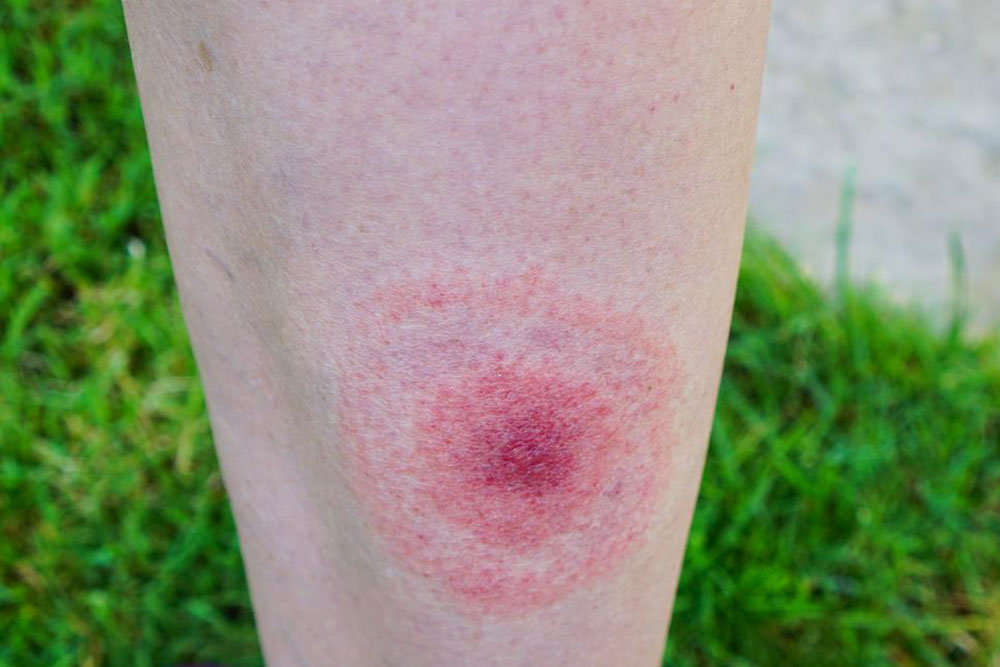Comprehensive Guide to Recognizing Early Symptoms of Lyme Disease
Lyme disease, caused by bacteria transmitted through tick bites, can present early signs such as the erythema migrans rash, fever, fatigue, and muscle pain. Recognizing these symptoms promptly is vital for effective treatment and avoiding long-term health complications. This comprehensive guide covers the key early indicators of Lyme disease, transmission details, and preventive tips to help you stay protected in endemic areas.

How to Detect the Early Signs of Lyme Disease and Protect Your Health
Lyme disease is a potentially serious condition caused by the bacterium Borrelia burgdorferi, transmitted through tick bites. If not identified and treated early, it can lead to long-term health complications affecting the joints, heart, and nervous system. Understanding the initial symptoms is crucial for timely medical intervention. This comprehensive guide discusses the common and less common early signs of Lyme disease, transmission mechanisms, and critical steps for early diagnosis and prevention.
Recognize the early warning signs of Lyme disease to ensure prompt treatment:
The most common initial symptoms include fever, chills, persistent fatigue, headaches, muscle aches, joint discomfort, and swollen lymph nodes. These flu-like symptoms often prompt individuals to seek medical attention early on.
A hallmark feature of Lyme disease is the erythema migrans rash, a distinctive skin lesion that appears in many cases. This rash, commonly known as the "bull’s-eye" rash, appears between 3 and 30 days after the tick bite, typically around the seventh day.
The rash can expand over time, sometimes growing larger than 12 inches in diameter. Its shape often resembles a bull's-eye, with a clear center and a red, raised border, although appearances can vary.
This rash is usually painless and does not cause itching, which can sometimes lead to it being overlooked or mistaken for an allergic reaction or skin irritation.
It often starts at the site of the tick bite but can spread to other areas of the body. The ability to appear anywhere on the body adds to the importance of regular skin checks after potential exposure to ticks.
In addition to the hallmark rash, less frequent early symptoms can include irregular heartbeat, eye inflammation, liver-related symptoms, and a profound feeling of fatigue that persists beyond ordinary tiredness.
Understanding transmission of Lyme disease
Lyme disease is primarily transmitted through the bite of infected ticks, specifically the black-legged ticks, commonly known as deer ticks. For the bacteria to be transmitted, the tick generally needs to be attached to the host for at least 36 to 48 hours. It is crucial to remove ticks promptly to reduce the risk of infection. The bacteria Borrelia burgdorferi is carried mainly in specific regions, such as the northeastern, midwestern, and Pacific coastal areas of the United States, but cases have been reported worldwide.
Preventative measures, including wearing protective clothing, using insect repellents, and performing thorough tick checks after outdoor activities, are essential for those living in or visiting endemic regions. Awareness of early symptoms and swift action can significantly improve health outcomes and prevent chronic health issues associated with untreated Lyme disease.





